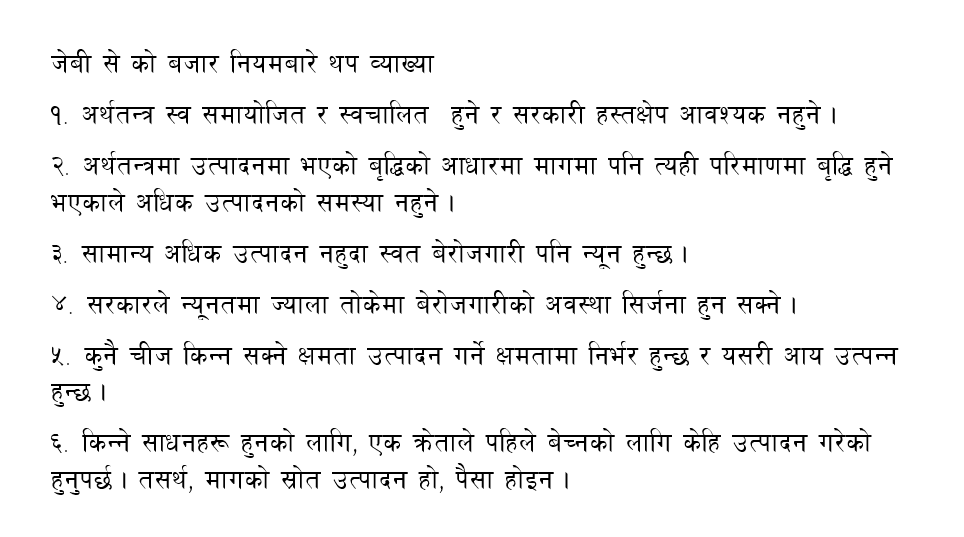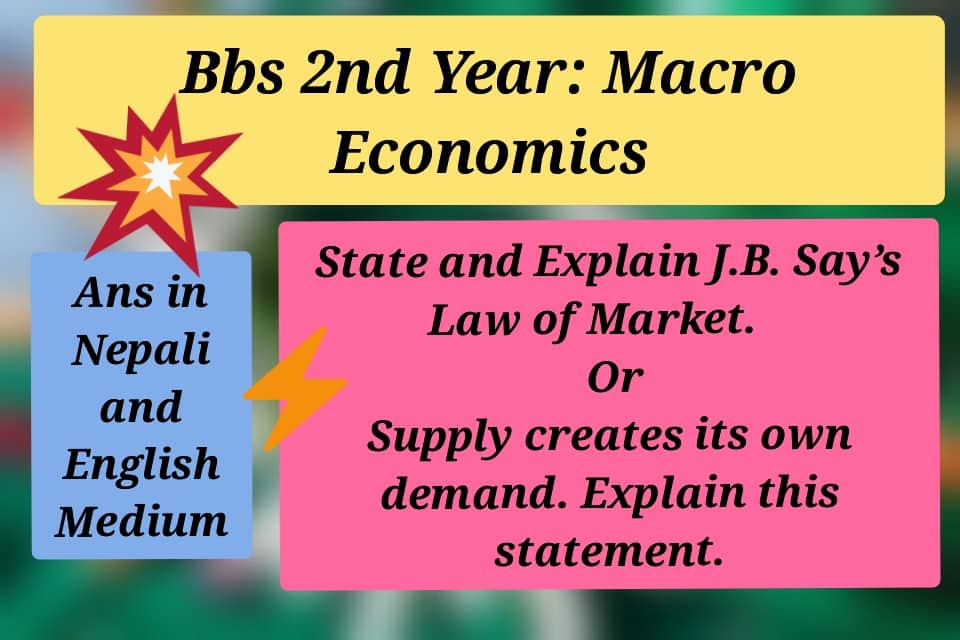BBS Second Year: Macro Economics
Chapter 3: Classical Theory of Employment
State and Explain J.B. Say’s Law of Market. Explain the implication of his law.
Or
Supply creates its own demand. Explain this statement.
Answer:
The means of production get employment while producing goods and wages are earned from employment. As a result, demand for manufactured goods is also created. It will not create unemployment.
This is a classical economic theory. Income from past products and sales of goods is a source of expenditure which creates demand to buy current products.This can be seen from the picture.
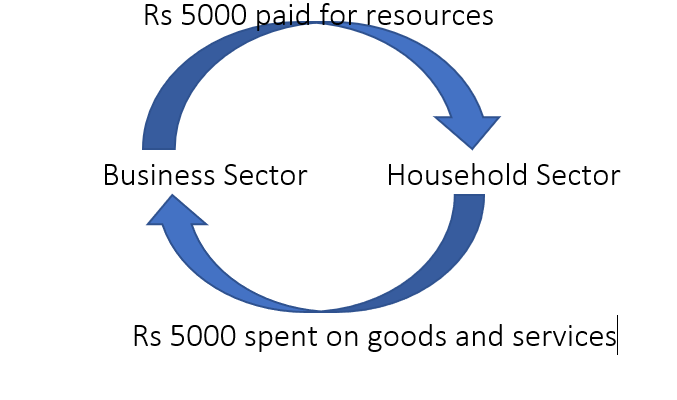
In the picture above, the resources required for the business sector are supplied from the household sector at Rs. 5,000 while the goods and services required by the household sector are produced from the business sector at Rs. 5,000. Thus, over-production and unemployment have not been allowed.
Further explanation of Market Law of J.B. Say
1. The economy will be self-adjusting and automated and no government intervention will be required.
2. Demand will increase at the same rate based on the increase in production in the economy, so there will be no problem of overproduction.
3. Unemployment is also low due to lack of normal production.
4. Unemployment could be created if the government fixes the minimum wage.
5. The ability to buy something depends on the ability to produce and thus generate income.
6. In order to be a means to an end, a buyer must first have something to sell. Therefore, the source of demand is production, not money.
bbs 2nd year notes pdf in nepali bbs 2nd year all subject notes bbs 2nd year economics notes pdf bbs 2nd year macroeconomics notes pdf in nepali bbs second year economics notes
Answer in Nepali Medium
BBS Second Year: Macro Economics
Chapter 3: Classical Theory of Employment
State and Explain J.B. Say’s Law of Market. Explain the implication of his law.
Or
Supply creates its own demand. Explain this statement.
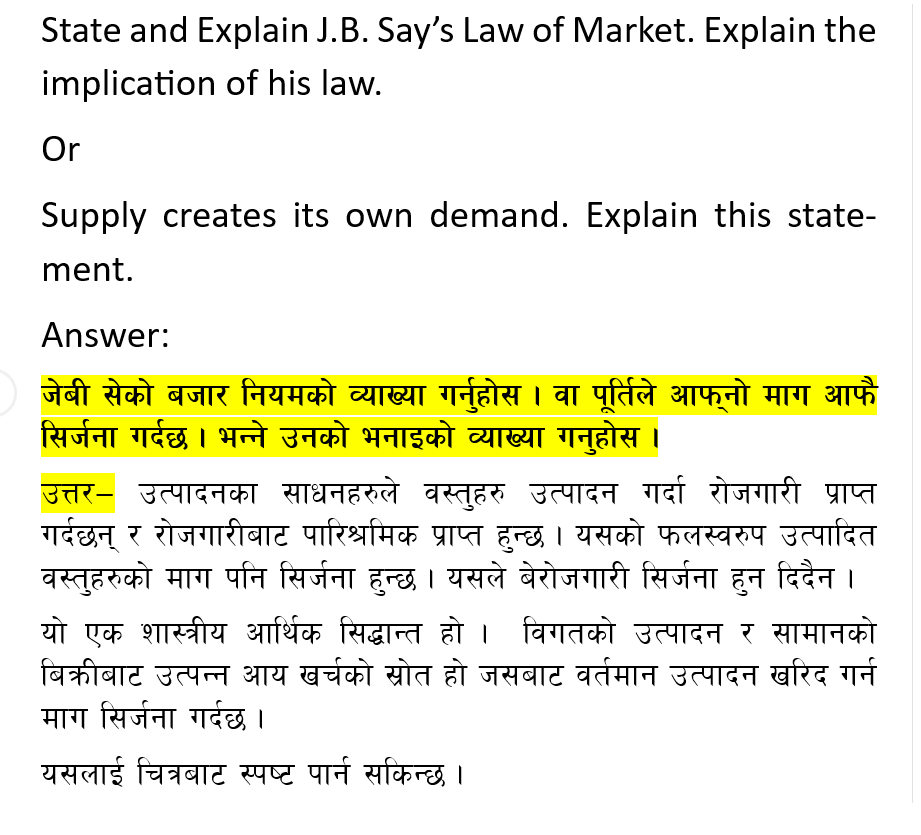
BBS Second Year Macro Economics Note:
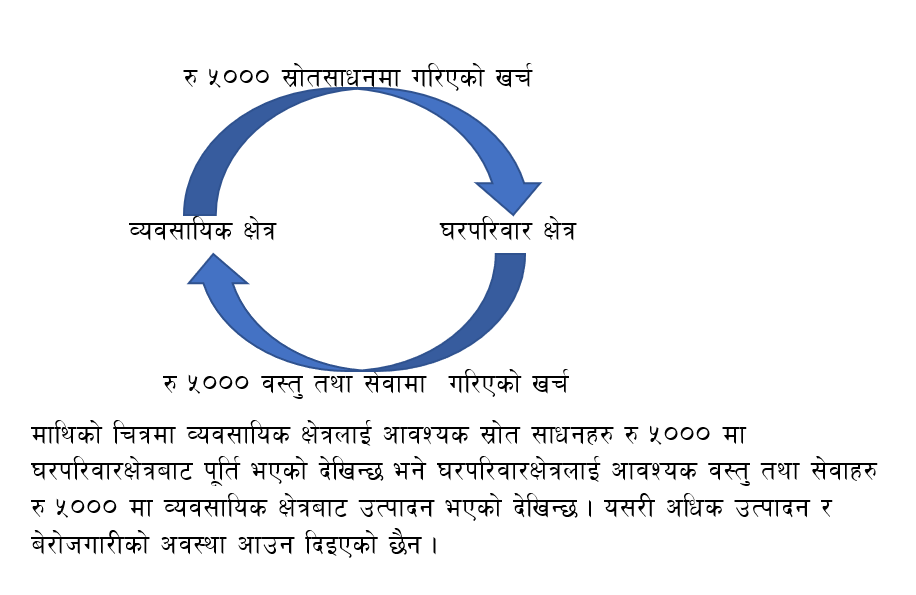
BBS Second Year Macro Economics Note:
BBS Second Year Macro Economics Note:
